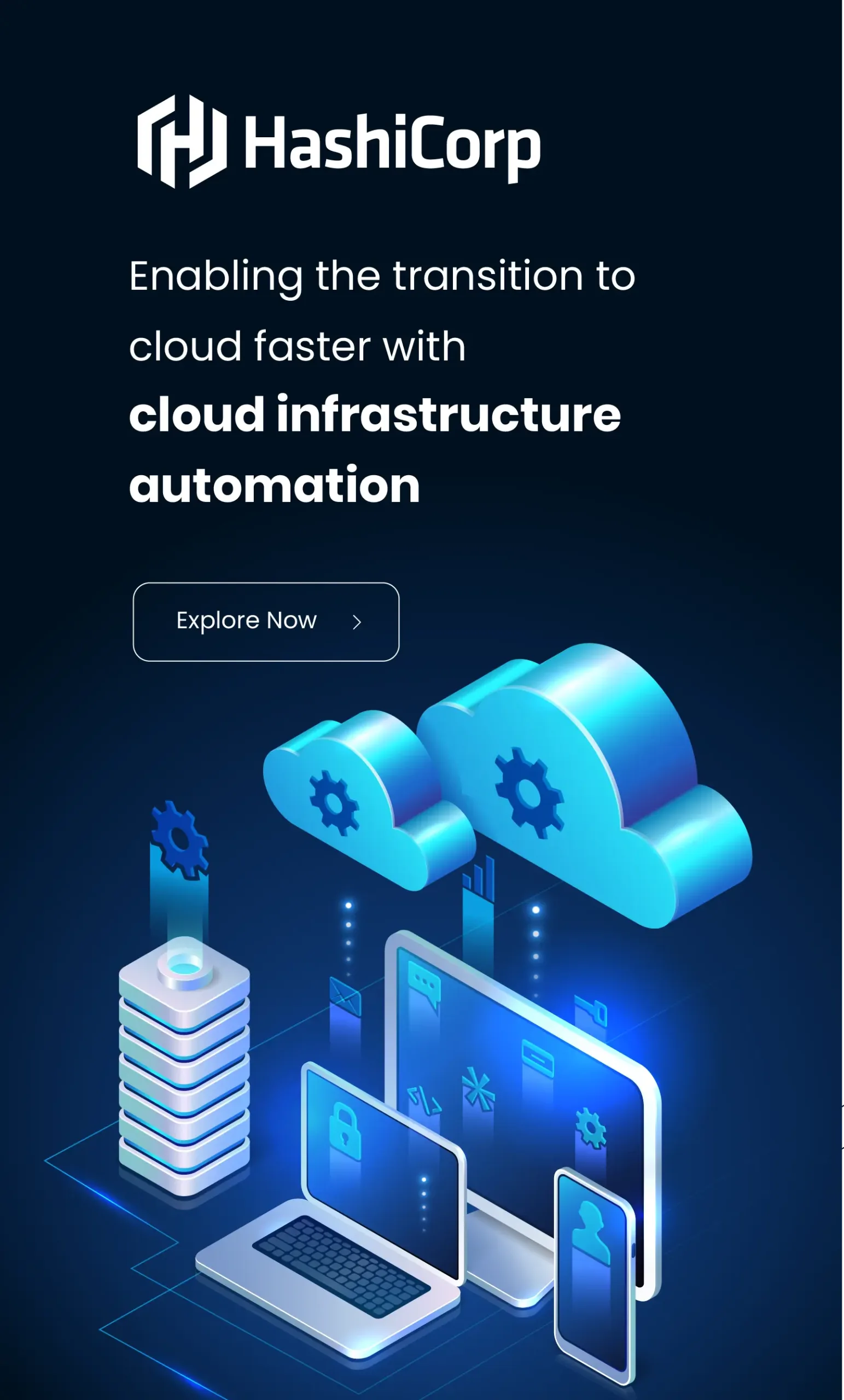Blog and News

IT Outsourcing Strategy: Choosing The Right Fit For Your Business
Many businesses face increasing pressure to maintain a competitive edge while maintaining operational efficiency. IT outsourcing has emerged to answer these needs, aiming to optimize their technology needs without stretching internal resources. Outsourcing IT services offers several benefits: cost efficiency, accelerated project completion, and access to specialized talents. However, achieving these benefits requires more than just choosing a vendor and a well-developed IT outsourcing strategy.
Let’s delve deeper into what an IT outsourcing strategy is and how to develop one for your business.
What is The IT Outsourcing Strategy?
An IT outsourcing strategy is a comprehensive plan that describes how a company delegates specific IT functions and responsibilities to external service providers, also known as IT outsourcing providers. As an alternative to hiring full-time internal employees, IT outsourcing is a popular strategy to reduce expenses, access expertise, and uptime support. With a solid IT outsourcing strategy, companies can focus on their core business activities while leveraging external expertise and resources to enhance operational efficiency.
What are The Types of IT Outsourcing Strategy Models?
There are several types of IT outsourcing strategy models that can be chosen based on companies’ operational needs and scalability:
- Offshoring: The offshoring strategy involves relocating companies’ IT services or projects to an external service provider located in a foreign country. This strategy typically aims to capitalize on lower labor costs and larger talent pools.
- Nearshoring: The nearshoring strategy is an outsourcing process for delegating IT services or projects to countries that are geographically near the company’s home country. This strategy is suitable when companies want closer collaboration, minimal risks, greater oversight, and quicker response times.
- Onshoring: The onshoring strategy involves transferring certain IT functions or projects to external service providers within the same country or region as the company. This strategy allows companies to have maximum alignment regarding legal requirements, language, and business culture.
- Long Tail: The long tail strategy in IT outsourcing means contracting multiple IT outsourcing service providers instead of relying on a single provider. This allows companies to leverage specialized IT expertise, enhance flexibility and scalability, and reduce IT outsourcing risks related to dependency on one provider.
- Single Vendor: The single-vendor strategy involves centralizing IT outsourcing services under one provider. This aims to simplify outsourcing management and enhance coordination. A single-vendor strategy may be suitable for smaller businesses or companies with limited internal IT management resources, as it simplifies oversight and reduces the administrative burden.
What to Consider When Choosing an IT Outsourcing Strategy?
When selecting the ideal IT outsourcing strategy for your business, it is important to evaluate several critical factors that can influence the effectiveness and efficiency of the outsourcing arrangement. Several factors you should consider when choosing the right IT outsourcing strategy are:
- Project Requirements and Complexity: Assessing the complexity of tasks or projects to be outsourced is essential, as not all functions are suitable for external handling. Too complex or poorly defined tasks may lead to inefficiencies if not appropriately outsourced.
- Internal Capabilities: Evaluate your current internal team’s skills and workload. You may need outsourcing to fill expertise gaps in your team or contracting a whole IT outsourcing team to manage an IT project.
- Budget Constraints: It is essential to understand the total cost of IT outsourcing, including the potential hidden fees, and to pick the pricing model that aligns with your budget. For example, a long tail strategy may be more expensive as you hire multiple IT outsourcing providers rather than relying on one provider.
- Level of Involvement: Determine how much you want to be involved in project management. Some IT outsourcing strategies may require less client involvement, while others offer greater control despite being handled by external parties.
How to Build an Effective IT Outsourcing Strategy For Your Business?
Developing an effective IT outsourcing strategy is crucial for businesses to optimize the benefits of outsourcing IT services or functions. Here are some steps to create a successful strategy for your IT outsourcing needs:
Evaluate Your Outsourcing Readiness
Before developing an IT outsourcing strategy, you should assess your company’s capabilities and identify areas where outsourcing can fill gaps. This includes understanding your internal resources, budget, and the specific IT services that could benefit from external support. This way, you can evaluate whether you can outsource from external parties.
Define Your Goals
Another critical step is to know what you want to expect and achieve through IT outsourcing. For example, you may aim for cost reduction, access to specialized skills, larger talent pools, or improved efficiency. Clear goals will guide your strategy and help measure success.
Select Reliable Outsourcing Partner
Your IT outsourcing strategy won’t work well if you are not partnering with a reliable IT outsourcing service provider. Do some research to pick the best-matching partner that is suitable for your outsourcing goals or your budget. Check carefully their track record and testimonials to verify their credibility.
Pick The Right Model
Do you want to use offshoring, onshoring, or other IT outsourcing business models? Selecting a suitable model is crucial to ensuring the success of your IT outsourcing strategy. It is essential to familiarize yourself with all the models to understand which best fits your business needs.
Plan Your Budget
Next, calculate your budget to understand how many financial resources are needed to achieve your IT outsourcing strategy goals. You must be prepared for both estimated and unexpected expenses. IT outsourcing providers can also have hidden costs, which may include unplanned logistics or new requirements on IT infrastructure.
Build Strong Communication
Managing external parties like IT outsourcing teams can be one of the IT outsourcing challenges. Without proper communication, they may struggle to stay aligned on the goals that need to be achieved. Strong communication strategies, such as establishing clear communication channels and scheduling regular meetings to monitor their performance, are essential.
PhinCon: Your Trusted Partner in Market Expansion to Indonesia
Expanding business operations to another country requires a reliable strategy, especially in securing skilled local talent. PhinCon Pte Ltd simplifies this process by providing tailored IT outsourcing solutions for Singaporean companies who want to expand their business reach to Indonesia. Our solutions include recruitment, payroll, benefits, and tax compliance. Our expertise ensures seamless integration with Indonesia’s regulations, allowing you to focus on scaling your business. We also provide access to various IT roles, including Android Developer, iOS Developer, Fullstack Developer, Golang Developer, Mobile Developer, Quality Assurance, DevOps, Business Analyst, Solution Architect, Project Manager, L2 Operation Support, and more. From comprehensive BPO solutions like contact center services to IT-specific support, we commit to helping Singaporean companies establish a strong presence in Indonesia.
With PhinCon Pte Ltd as part of your IT outsourcing strategy, navigating market entry becomes more efficient, enabling your business to thrive with the right local IT talents and operational efficiency.
For more information about IT outsourcing, contact us through email at sales.sg@phincon.com.
Editor: Irnadia Fardila
Popular Posts





